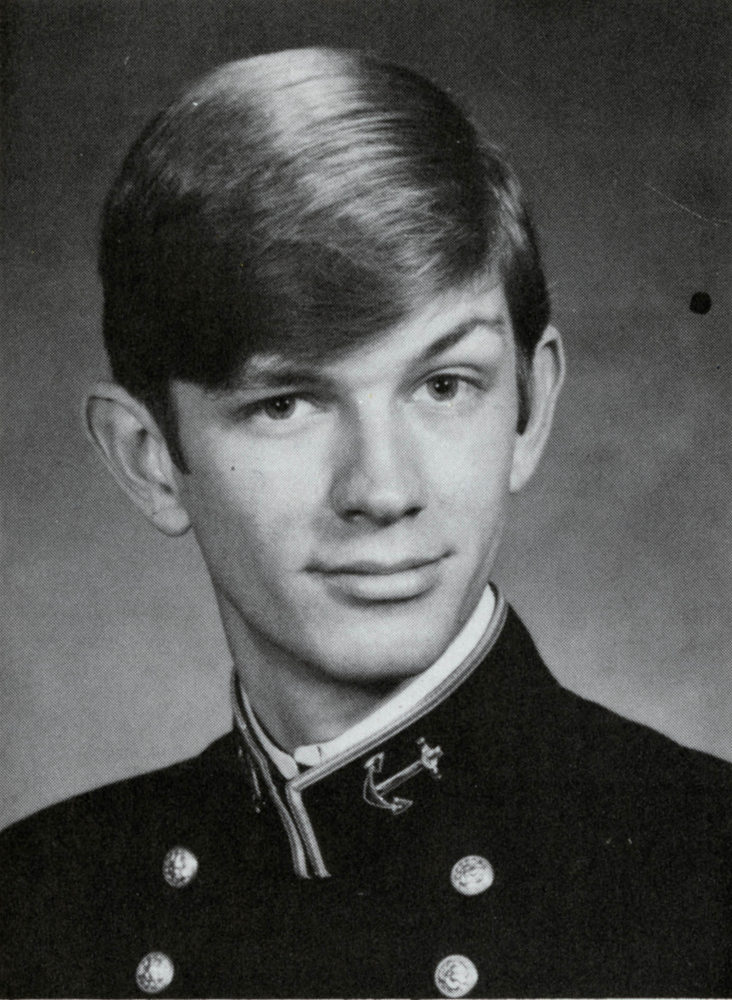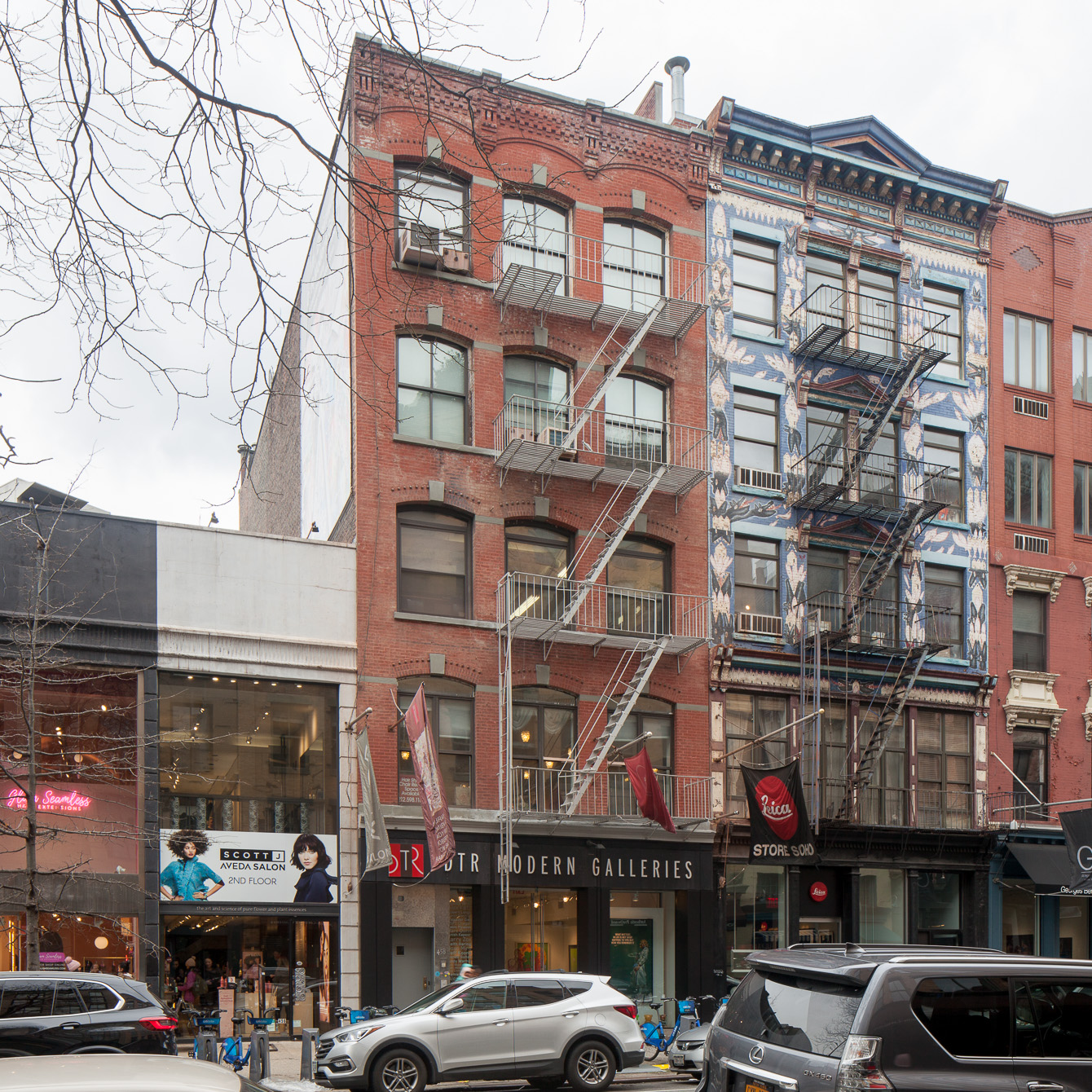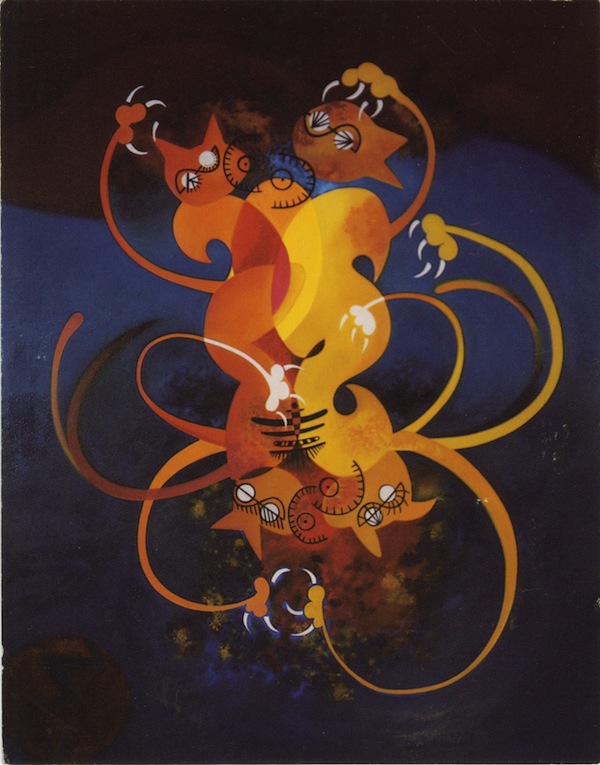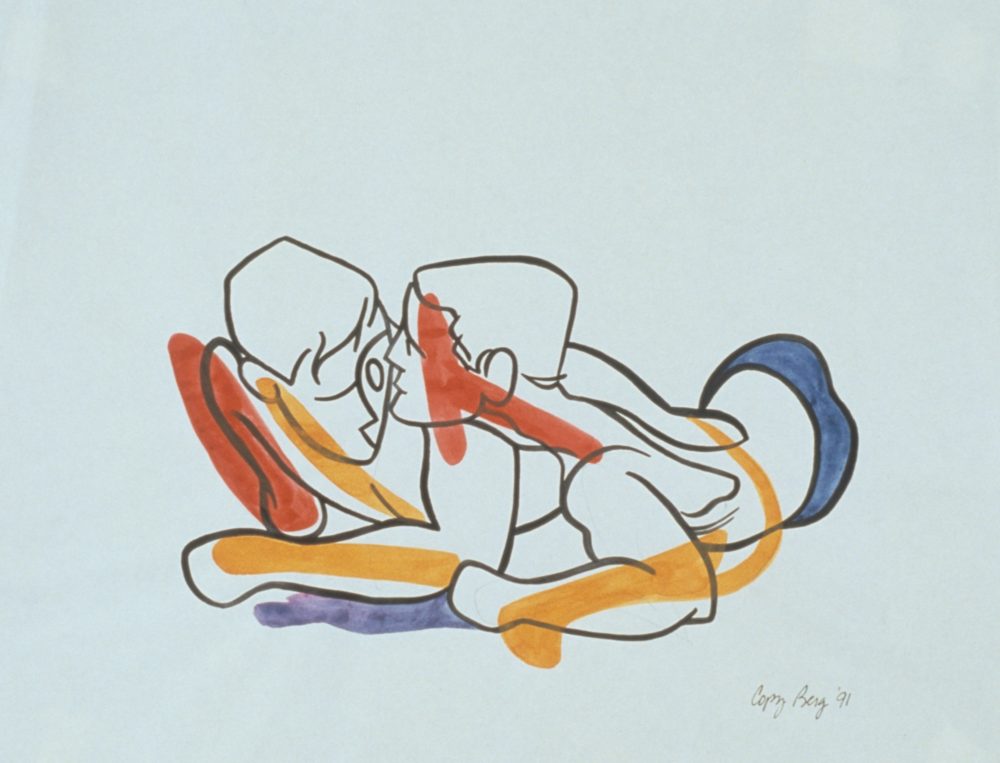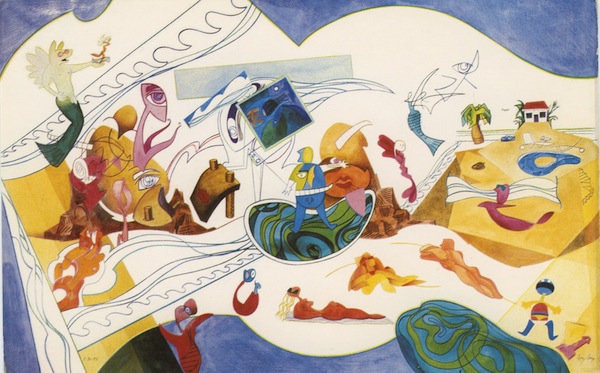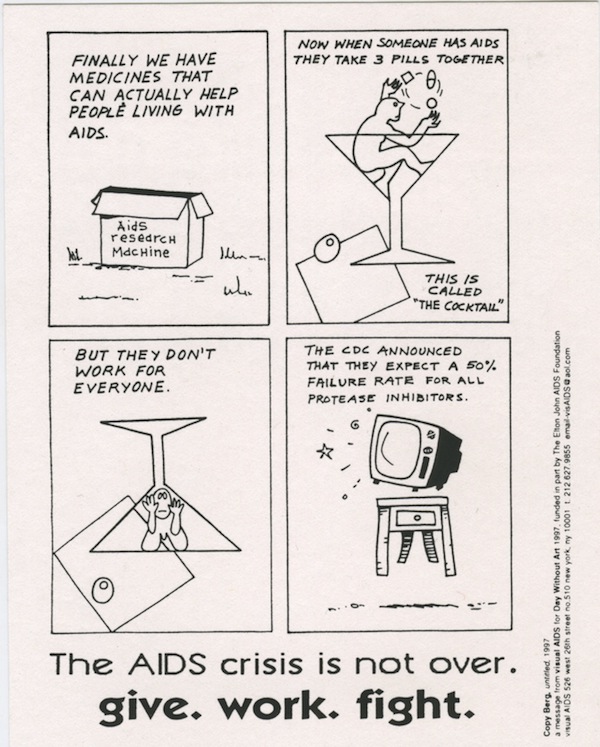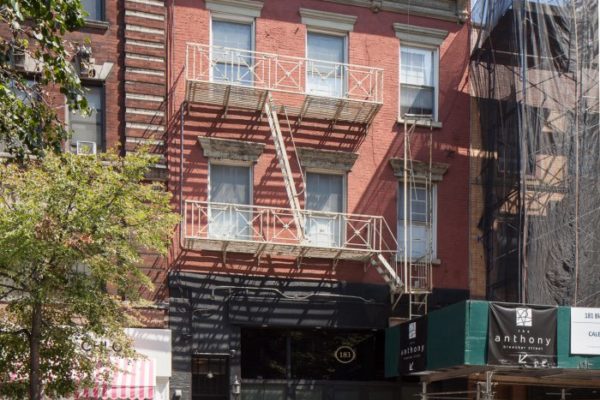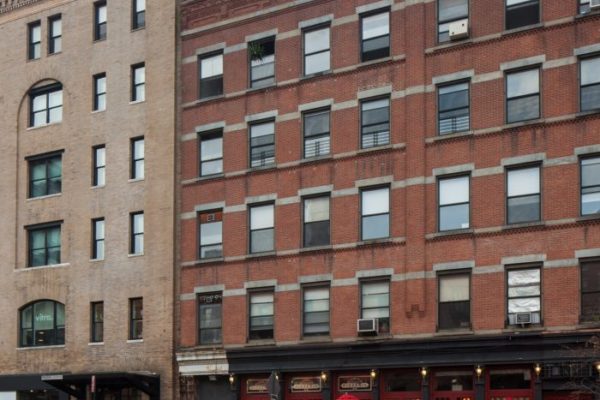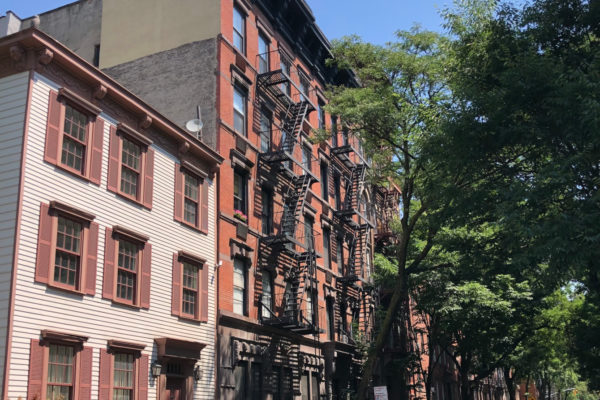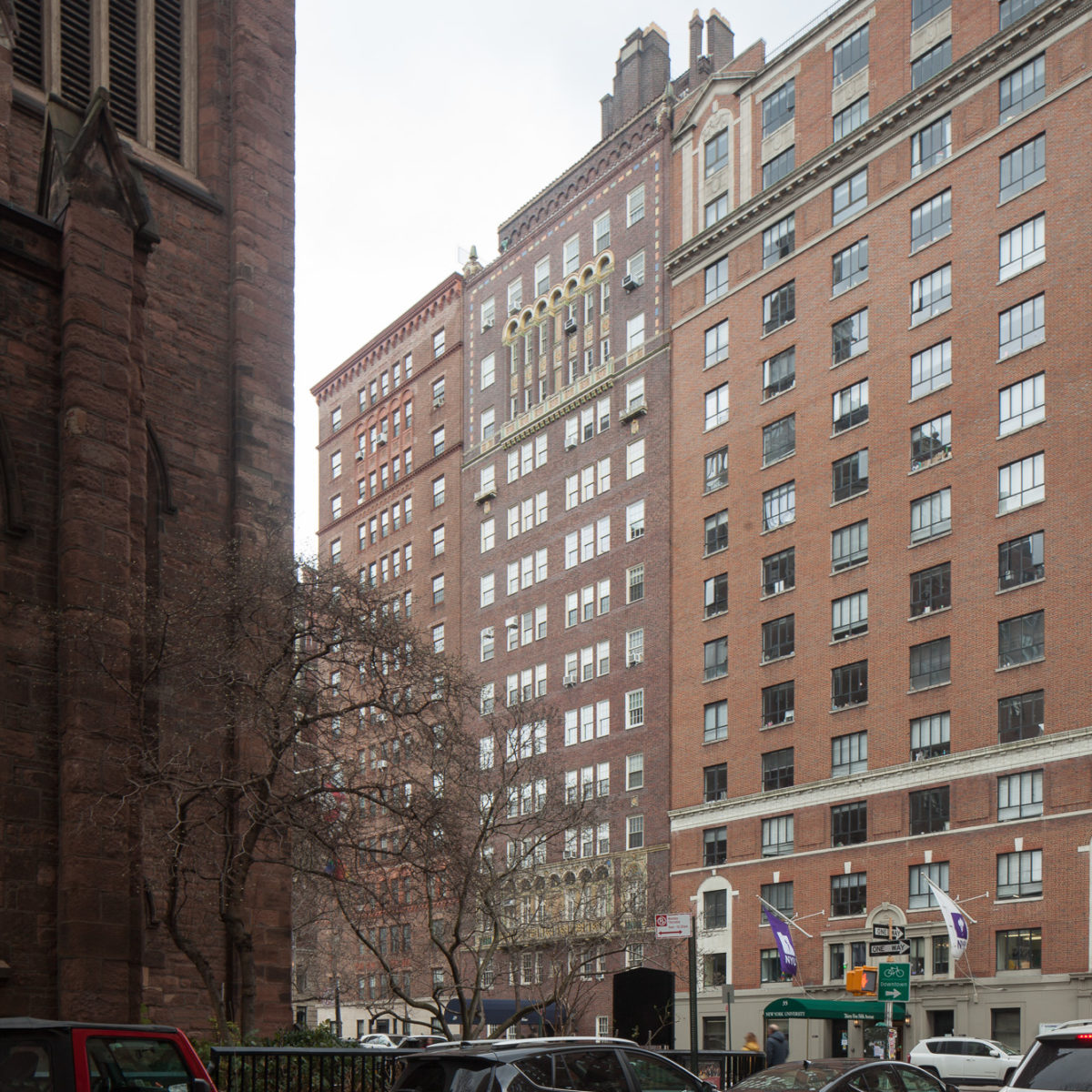
Vernon “Copy” Berg Residence
overview
Vernon E. Berg, III, known as Copy Berg, was the first naval officer to challenge the military’s ban on gay and lesbian sailors. Although he lost his bid for reinstatement, he did succeed in having his and other LGBT military personnel’s discharges changed from dishonorable to honorable.
Berg later became a successful artist in New York City and in the 1980s lived in a fourth-floor apartment at 39 Fifth Avenue.
On the Map
VIEW The Full MapHistory
Vernon E. Berg, III (1951-1999), known as “Copy,” for his close resemblance to his father, navy chaplain Vernon E. Berg, Jr., was born in Port Jefferson, New York, and attended the U.S. Naval Academy. Although he had same-sex experiences in high school, his first serious relationship was with E. Lawrence Gibson, a civilian who assisted with the production of musicals at the Naval Academy.
In 1975, Berg, who had been assigned to the U.S.S. Little Rock, was called before the Naval Investigative Service and accused of being a homosexual (Gibson was also brought in for questioning). Ensign Berg admitted to being gay and offered his resignation. Ironically, it was not accepted because his commander was planning a vacation and needed Berg to take his place as the ship went on deployment. Clearly, he was more than capable of carrying out his duties. Some weeks later, Berg was sent to Virginia to begin processing for his resignation, but nothing happened for months. Berg soon became aware that Air Force Tech Sergeant Leonard Matlovich was fighting his discharge for being gay. He met with Matlovich’s lawyers and decided to fight what would have been a dishonorable discharge. Berg and Matlovich were the first two military officers to challenge their discharge for homosexuality.
While attending a gay and lesbian conference at Columbia University, Berg met a lawyer for the newly founded Lambda Legal Defense Fund. His case became one of the organization’s first, argued in alliance with the American Civil Liberties Union.
[Copy Berg] was one of the first to stand up to the military. People forget…what kind of courage that took.
Berg’s administrative hearing turned into a trial. He was questioned over three days. Among the witnesses who supported Berg were Vice Admiral William T. Mack, from the Naval Academy, and Berg’s father, who spoke of his pride in his son’s personal honor in telling the truth when questioned even though he knew it would result in his separation from the Navy (Commander Berg’s career suffered because of his testimony). As a result of court actions after the initial hearing, both Berg and Matlovich had their discharges changed to honorable and the Pentagon changed its policy on homosexual discharges, making all of them (including retroactive discharges) honorable. Neither of the two officers was reinstated, however, and the policy of excluding LGBT people from the military was not changed until 2011.
Berg also received a financial payment from the Pentagon which he used to study art at Pratt Institute, while living on Dean Street, Brooklyn, with Gibson. In 1978, Gibson published a book about the trial that Berg illustrated. After the couple separated, Berg moved to Manhattan and became a successful artist. He and his partner, writer Paul Nash, lived in apartment 4C at 39 Fifth Avenue. By the late 1980s, Berg had a studio at 458 West Broadway, before eventually moving it to Second Avenue at Sixth Street. Berg’s early work was in a photorealist style, but after he and Nash were diagnosed with HIV, he began working in a more colorful surrealist manner that he described as “an American cartoon vocabulary to play in surrealist ideas.” Many works from the 1990s commented on the AIDS crisis.
His was an art that is varied, energetic, and vital. His activism and his insistence upon equitable treatment, first for gay service members, and later for people living with AIDS, helped sustain his drive as an artist.
In the mid-1990s, Berg became active with the Estate Project for Artists with AIDS and with Visual Aids, two organizations established to support artists living with HIV and to preserve the work of those who died. Berg died in 1999 at the age of 47.
Entry by Andrew S. Dolkart, project director (February 2020).
NOTE: Names above in bold indicate LGBT people.
Building Information
- Architect or Builder: Emery Roth
- Year Built: 1922
Sources
David W. Dunlap, “Vernon Berg 3d, 47, Gay Ensign Who Fought Navy on Discharge,” The New York Times, January 30, 1999. [source of Cathcart quote]
Eric Marcus, Making Gay History (New York: HarperCollins, 1992).
John McIntyre, “An Original Copy: Vernon ‘Copy’ Berg’s Thoughtful, Playful, Singular Art,” A&U: America’s AIDS Magazine, April 12, 2019. [source of McIntyre quote]
Mary Ann Humphrey, My Country, My Right to Serve: Experiences of Gay Men and Women in the Military, World War II to the Present (New York: HarperCollins, 1990).
Randy Shilts, Conduct Unbecoming: Lesbians and Gays in the U.S. Military Vietnam to the Persian Gulf (New York: St. Martin’s Press, 1993).
Rich Grzesiak, “Vernon Berg Hails His Navy Settlement as a ‘Victory’…,” Philadelphia Gay News, March 6-19, 1981.
Read More
Do you have more information about this site?
This project is enriched by your participation! Do you have your own images of this site? Or a story to share? Would you like to suggest a different historic site?
